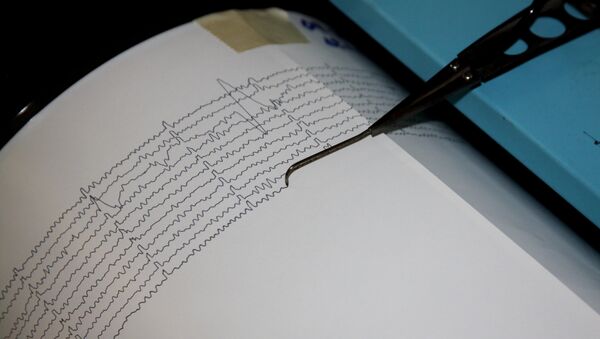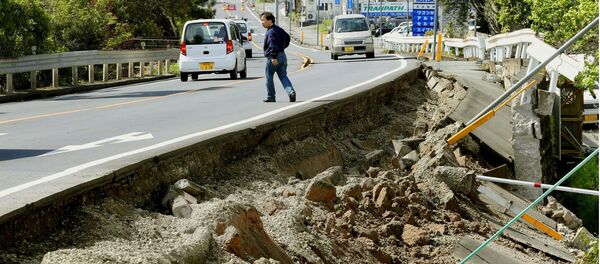Published in US journal Science, the study from researchers Kiwamu Nishida and Ryota Takagi from the the National Research Institute for Earth Science and Disaster Prevention in Japan announced scientists "successfully detected not only P wave microseisms triggered by a severe and distant North Atlantic storm, known as a weather bomb, but also S wave microseisms, too.”
“S waves” refer to secondary waves, which are slow and move only through rock, not liquid.
"The discovery marks the first time scientists have observed… an S wave microseism,” the study reported.
The researchers found that a faint tremor originated from a small, but strong storm in the North Atlantic, known as a "weather bomb.” The storm occurred between Greenland and Iceland, and caused groups of waves to bombard the ocean floor.
The S wave tremors were detected by land- and sea-based seismic equipment typically used to measure earthquakes in the Earth’s crust, AFP reported.
In an article accompanying the study, Peter Gerstoft and Peter Bromirski of the University of California, San Diego, explained that the finding "gives seismologists a new tool with which to study Earth's deeper structure,” and that learning more about the waves may "add to our understanding of the deeper crust and upper mantle structure."



